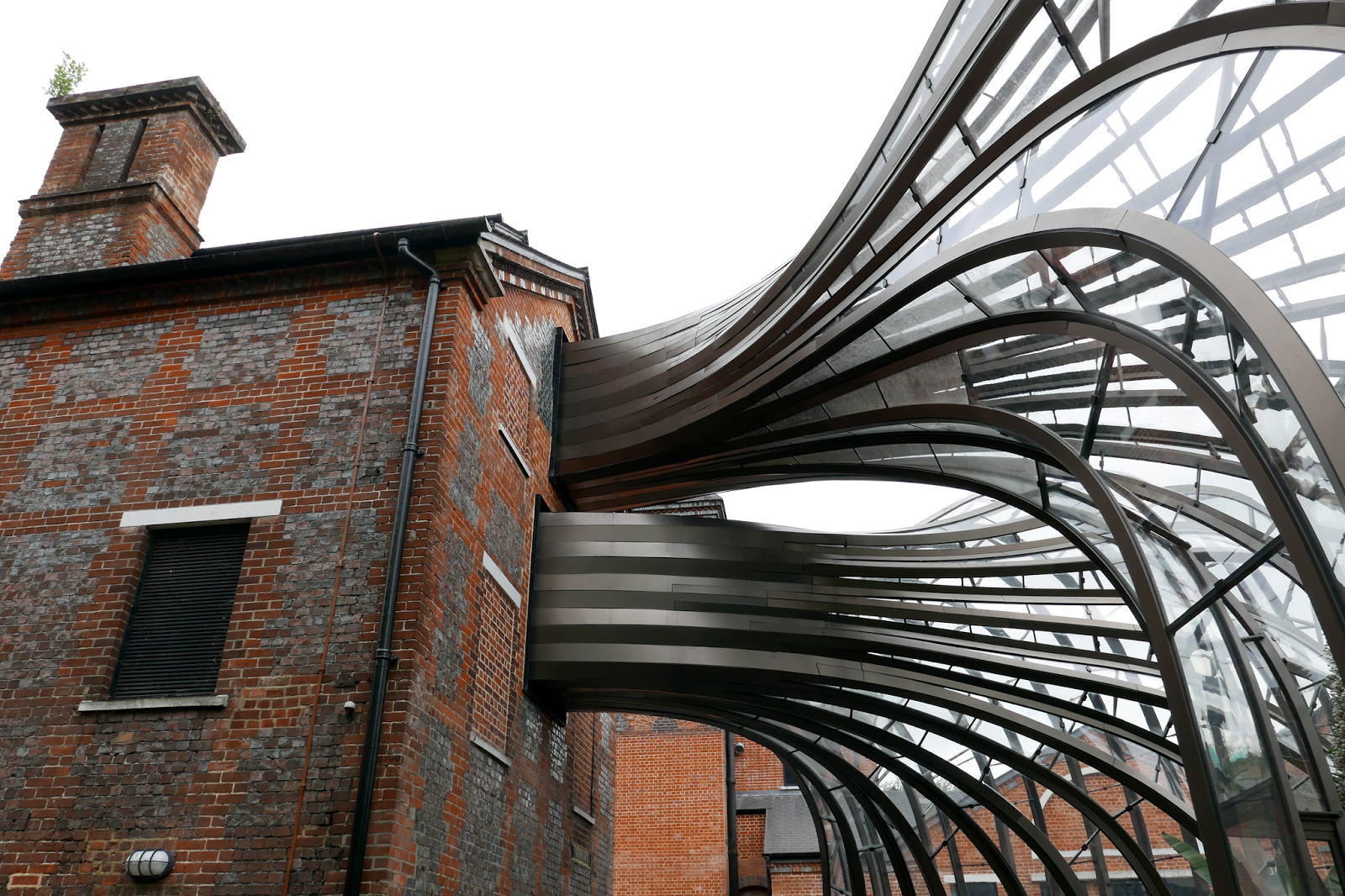
a 300 year old paper Mill transformed in distillery by Heatherwick Studio
adaptive reuse refers to the aesthetic process of reusing an existing building for a purpose other than which it was originally built or designed for while retaining their historic features.
It is also known as recycling and conversion.

Old buildings physically link us to our past and
become a part of our cultural heritage.
They should be preserved because of their “architectural beauty” and the “character and scale they add to the built environment”
Retention and rehabilitation of existing buildings also reduces the consumption of building materials, resources, energy and water needed for new construction.
C R I T E R I A
Unfortunately not every old building can qualify for adaptive reuse.
Architects, developers, builders and entrepreneurs who wish to become involved in rejuvenating and reconstructing a building must first make sure
that the finished product will serve the need of the market,
that it will be completely useful for its new purpose, and that it will be competitively priced.
They undergo an
i n – d e p t h p r o c e s s o f d e c i s i o n m a k i n g
before determining whether a building should be conserved and remodelled for a different use or just demolished for the land it sits on, then develop a new building on that land.
> 1 <
e c o n o m i c c o n s i d e r a t i o n s
c a p i t a l i n v e s t m e n t
Most adaptive reuse projects depend on their economic feasibility determined by the building’s existing physical configuration and condition.
Building owners are concerned with the life expectancy of built assets, their energy and environmental performance and the high operating costs.
Developers see a thorough potential in saving groundwork and excavation costs by using an adaptive reuse model for their property.
Also, best rents can be obtained only when these remodelled buildings hold “high-quality finishes“, “epoch and utility” and “character and ambiance“.
b u i l d i n g c o n d i t i o n
Sometimes, built assets cannot be considered suitable for adaptive reuse, simply because of the nature of their built form or the condition that they are in.
For example, a mid 1900s low-rise apartments that have low floor area ratios and which may be in some of the cities’ prime locations cannot be considered profitable for adaptive reuse.
In such scenarios, it would be more profitable for the developers to demolish and replace the existing building with a high-rise that has more space to sell.
Often, when building owners cannot find an obvious use for a building, it is left to degenerate and decay and eventually collapse. The benefits of reusing the existing facility could include avoiding the disruption of relocation, reducing maintenance and running costs.
r e g u l a t i o n s
The existing building codes and regulations for fire safety and building access to disabled make it difficult to work around the adaptive reuse of old constructed buildings.
s a v i n g s
1_cost of building material
Adaptive reuse involves the refurbishment of existing building members, which is labour-intensive process and relies less on purchasing and installing many new building materials.
- Cost of building materials has risen sharply over the past few decades,
- Cost of labour has increased only marginally.
Therefore, it is economically viable to renovate and reuse an existing building.
2_cost of demolition
Demolition costs can run as high as 5% to 10% of the total cost of new construction. Under these circumstances, buildings must be demolished piece by piece, which can be quite expensive and time-consuming.
3_time
The total time required to renovate an existing building is generally less than the time required to construct a comparable amount of floor space in an entirely new building.
A major advantage of renovating an existing building is that a refurbished portion of the building becomes suitable for occupancy before completion of the whole project.
> 2 <
s o c i a l c o n s i d e r a t i o n s
In this civilised world, buildings have become the core of a society. Cities and communities grow organically around important buildings followed by the commercial development of those neighbourhoods.
These buildings and the development around them soon become the heart of a community upon which people’s life depends. Therefore, regular maintenance and reuse of existing structures can help communities avoid the trauma caused by dilapidation, abandonment and clearance.

Lack of adaptive reuse of existing built assets has caused disturbance due to dislocation of residents, economic decline and disruption of community life, eventually leading to abandoned and obsolete neighbourhoods.
b u i l t h e r i t a g e p r e s e r v a t i o n
A majority of historical buildings provide physical links and the progression of cultural evidence to the past.
In a fast-growing urbanising world, these heritage values viewed as public goods could aid the significance of a town’s cultural heritage and unique competitiveness.
Heritage preservation charters mandate that when historical buildings with heritage values are being redeveloped, their architectural and heritage character should be maintained and conserved for sustainability.
Built heritage conservation through adaptive reuse could therefore be used to promote sustainable historical and cultural development of urban areas.
u r b a n r e g e n e r a t i o n
Adaptive reuse of buildings can be an attractive alternative to new construction in terms of sustainability and a circular economy.
It has prevented thousands of buildings’ demolition and has allowed them to become critical components of urban regeneration.
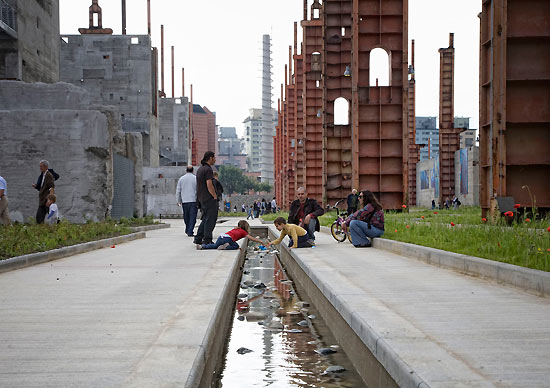
Using an adaptive reuse model can prolong a building’s life,
from cradle-to-grave, by retaining all or most of the building system, including the structure, the shell and even the interior materials.
-

The High Line Park, Manhattan, NYC Diller Scofidio + Renfro
Revitalising the existing built fabric by finding a new use or purpose can be a wonderful resource to a community by “keeping neighbourhoods occupied and vital“.
Adaptive reuse is a new kind of maintainable rebirth of city
as it covers the building’s lifetime and evades destruction waste,
encourages recycles of the embodied dynamism
and also delivers substantial social and economic profits to the world.
> 3 <
e n v i r o n m e n t a l c o n s i d e r a t i o n s
Buildings consume high amounts of energy during their life-cycle.
New construction requires new building materials and other resources which possess high embodied energy (throughout their extraction, manufacture, transportation, packaging and assembly phases).
Additionally, they also cause high environmental damage such as global warming, eutrophication, ocean acidification, ozone layer depletion, carbon emission which in turn harms human health and quality of life.
From this standpoint, there are several environmental benefits associated with building recycling or adaptive reuse:
e n e r g y c o n s e r v a t i o n
Demolition of existing buildings requires new expenditures of energy to generate new building materials and to assemble them on a cleared site.
Modern building systems have high life-cycle costs and operational energy costs associated with them;
whereas traditional masonry and stone buildings are more climate responsive.
An environmental benefit of reusing built assets is identified to be the retention of the original buildings “embodied energy”.
New buildings have much higher embodied energy than those that are adaptively reused.
The reuse of building materials can provide substantial savings in embodied energy that would otherwise be wasted.
Schultmann and Sunke
Energy is conventionally obtained from non-renewable sources and causes high carbon emission. Minimizing fossil fuel depletion and carbon emission can be huge contributing factors to reducing global warming and mitigating climate change.
Choosing to demolish an existing built asset and then constructing a brand-new building in its place can lead to high energy requirement for the demolition, building material waste management, new material procurement, construction and operation.
Sustainably retrofitting an existing built asset only requires a fraction of this energy.
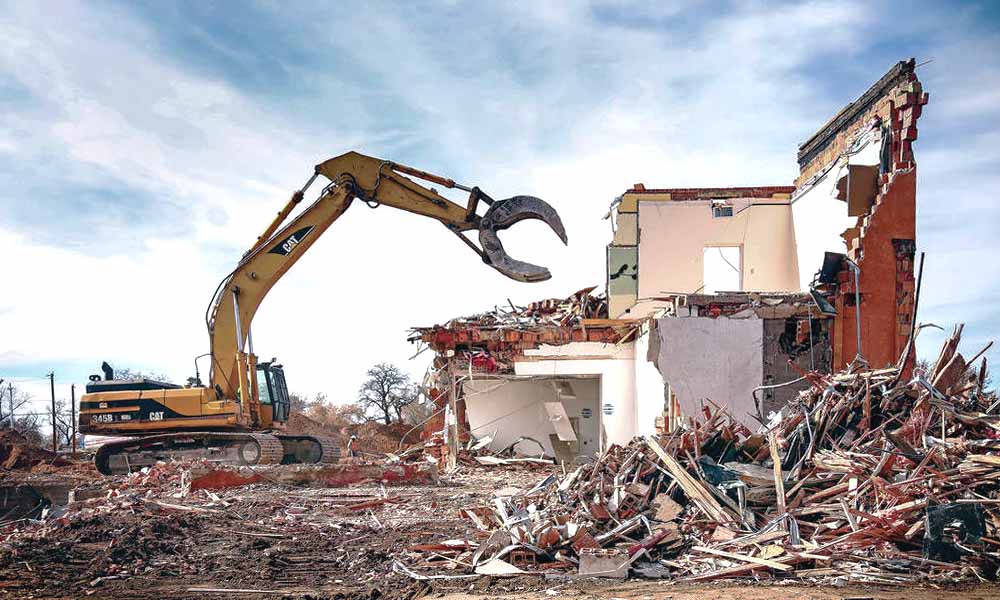
w a t e r e f f i c i e n c y
Water is an important component in building construction.
Water is needed at every stage of a building’s life, from building material extraction to manufacture, on-site construction processes such as concrete mixing, cleaning, etc., operational phase in the form of plumbing for human use and landscaping and fire safety, and at the end of its life for recycling building materials or disposing them.
Selecting adaptive reuse over brand new construction can help relieve the planet off such water loads.
m a t e r i a l s a n d r e s o u r c e s
Irresponsible extraction of natural compounds for building material manufacture can deplete these natural compounds from the earth. Extraction can cause harm to the natural habitat and biodiversity of the region where materials are extracted.
Therefore, a project that uses minimum new building material and uses more of recycled materials is a more sustainable and responsible choice for a building material.
m e t h o d o l o g y o f r e u s e
conservation – restoration – integration
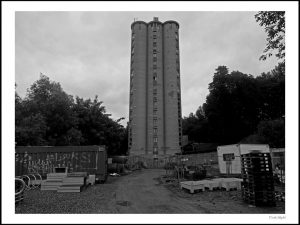
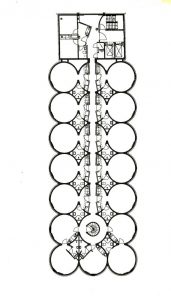
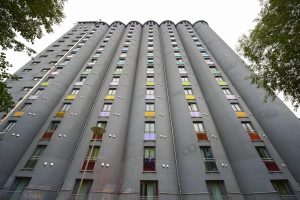
-
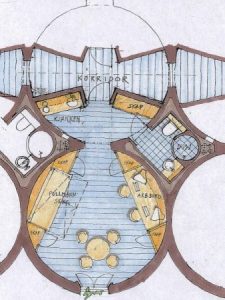
Ex silos – Student House Oslo, Norway – HRTB Arkitekter AS, 1999-2001